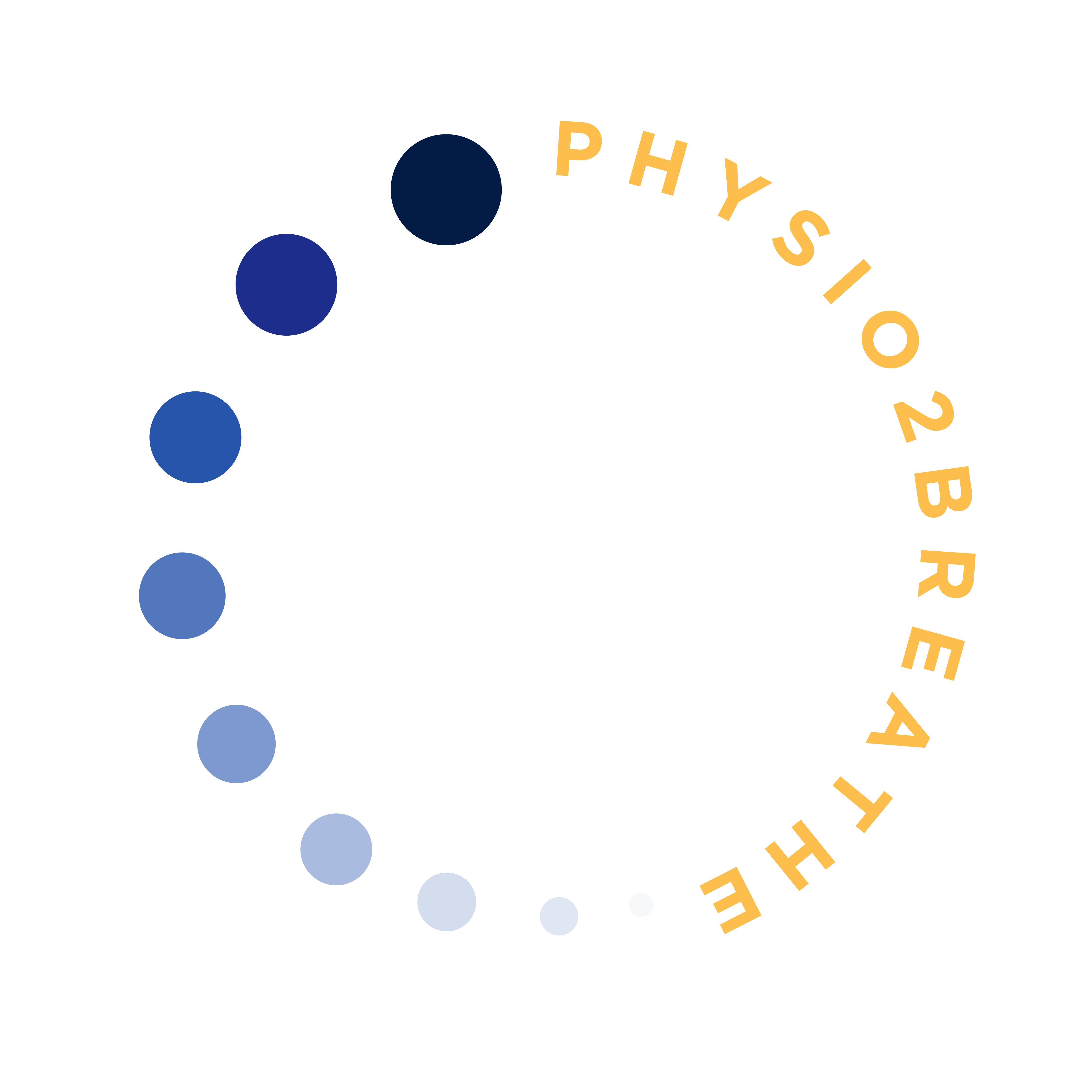Anxiety, Panic and Breathing
Breathing has direct links to our nervous system and both affects and is affected by how we think and feel and how we cope with stress and feelings of anxiety;
A hugely powerful and immediately accessible tool.
The Great Chicken and Egg Conundrum
Have a look at the list of symptoms associated with dysfunctional breathing.
If you are experiencing these you would be sensible in the first instance to go straight to a GP who would discuss and make a plan of action.
Depending on many factors this may include a visit to a respiratory specialist, a cardiologist, a neurologist, an ENT consultant, a pain specialist, a rheumatologist.
What if, as time went by, each of the investigations came back as inconclusive.
Initially you hopefully will feel some relief. Nothing ‘nasty’ of concern.
However you still have no reason for feeling the way you do.
If you weren’t already anxious you might start to be feeling that way.
Back to your GP who is now going to be helping you manage your anxiety. This may involve medication, or a suggestion to see a clinical psychologist or counsellor.
Initially this might give you some good strategies to understand or deal with your feelings of anxiety but why are you still feeling as if you are needing to pull big breaths past a tight chest? Why are your ribs hurting? Why are you experiencing fatigue and brain fog on a daily basis? Clearly you must be ‘going mad’.
Could it be your breathing?
The way we breathe goes way beyond the simple exchange of air.
It affects our chemical balance, PH, electrolyte balance, oxygen delivery, our ability to move with ease, our digestive system , our ability to regulate our nervous system.
An estimated 1 in 10 people attending Emergency Departments are experiencing some form of acute hyperventilation or panic attack.
If we are anxious we alter our breathing.
If we alter our breathing and this becomes habitual we can become anxious.
Chicken and Egg
Retrain breathing, retrain balance retrain calm
Getting feedback using carbon dioxide and oxygen monitoring can reassure when you are feeling short of air you have plenty and whether you are in fact breathing too much ( link to capnography).
